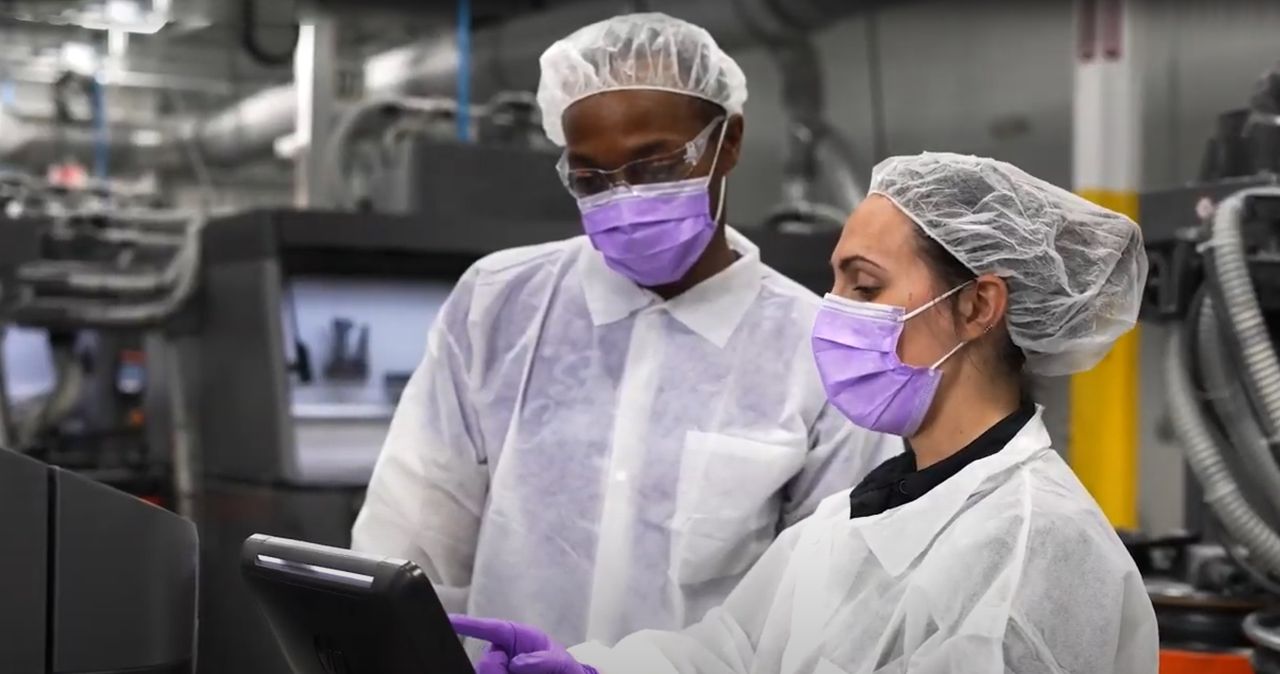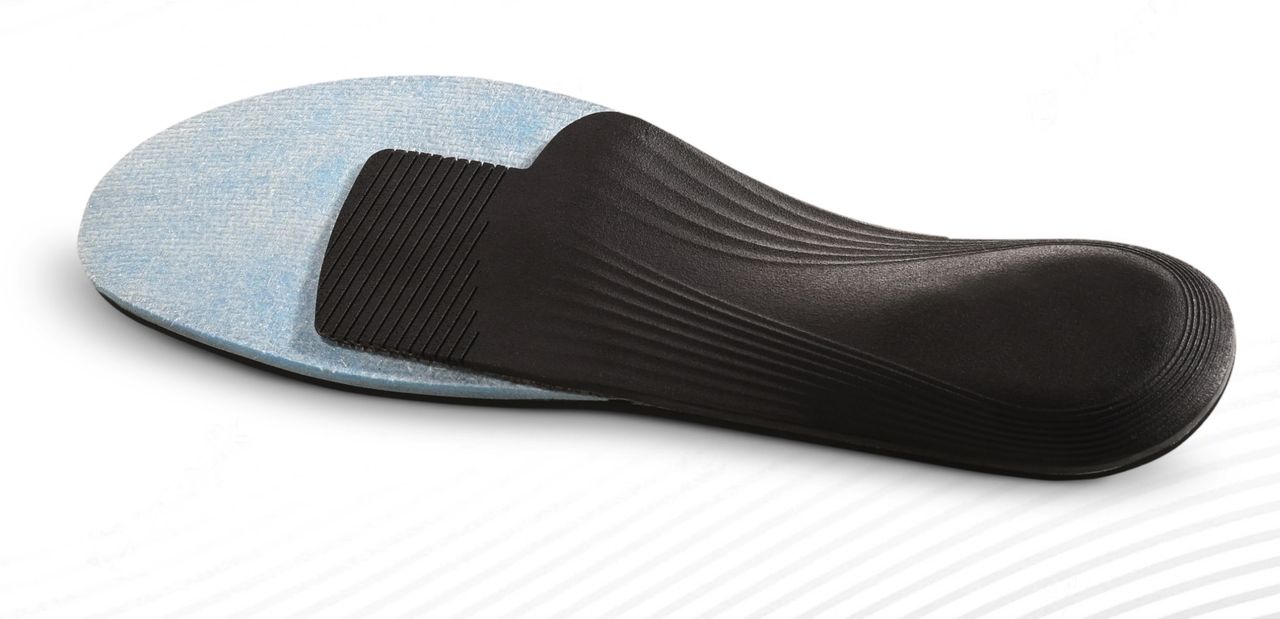
HP has been quite busy developing applications for their 3D print technology, a different strategy than most manufacturers.
The typical approach is to build a 3D printer and associated hardware & materials to the best of the company’s ability and then hope the specifications and pricing attract buyers. That approach works if the client base has some knowledge of the tech.
Consider the automobile world: everyone understands dimensions, speeds, efficiency ratings, etc., and thus it is easy to compare options and make a selection when one requires a new automobile.
However, it’s a bit different in the 3D print world. Not everyone knows about the technology, and there are plenty of areas where it isn’t even used at all.
Some industries not only are less aware of the technology; instead they have no concept of how it could possibly be used in their space.
That’s where HP’s long term growth strategy comes in. The company years ago realized that an innovative way to generate sales would be to “invent” entirely new applications of the technology for their products.
They spent considerable resources sorting through many potential applications, seeking ones that could scale up — and therefore sell more equipment and materials. Certain applications were selected and HP would work directly with those industries to introduce the concept and jointly develop the applications.
We’ve seen this happen several times recently, but HP has provided Fabbaloo with a list of even more projects using this approach. Let’s take a look at them.
Digital Orthoses

One of the applications is custom orthotics. The idea here is to 3D scan the patients’ feet and then computationally generate a custom 3D model for the orthotic device. It’s then 3D printed on HP equipment and shipped to the customer.
Arize uses this approach to create a kind of “drop in” solution for this process. They link all the elements together and provide them to orthotic practitioners that would otherwise not have a hope of figuring out how to put all the pieces together themselves.
Surgical Solutions
HP worked with Mighty Oak Medical to implement on on-site 24/7 facility to produce surgical models for complex spinal fusion surgery. These surgeries can be quite risky, and require considerable planning. This requires the use of precise surgical models that can be produced using the HP system. This video explains how it works:
Dental Aligners
HP developed systems to produce dental aligners at scale using their equipment. There are at least two major companies using the solution to produce custom products for patients: SmileDirectClub and ULAB Systems.
SmileDirectClub apparently produced 7M dental aligners in 2020 at their “SmileHouse” facility, which includes more than 60 HP 3D printers. They say this is one of the “largest 3D printing facilities in the world.”
This video explains how the partnership works:
What does all this mean? To me it says that HP’s approach is valid, and has significantly expanded the use of 3D printing in industry. By working directly with industries to develop new kinds of applications, they’ve opened up new possibilities that would never have been considered otherwise.
Via HP, Arize, SmileDirect Club and ULAB
